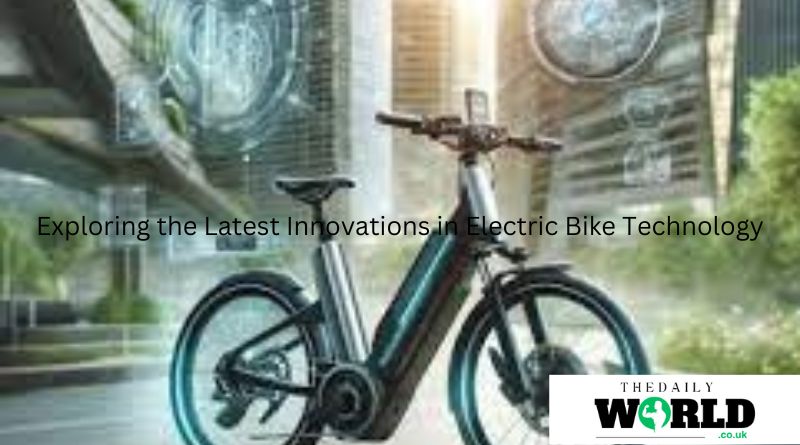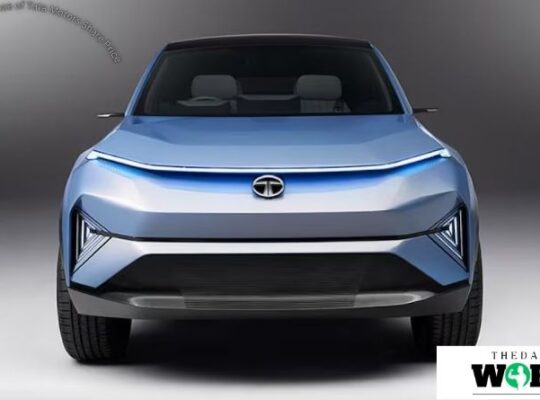Electric bikes, commonly known as e-bikes, have revolutionized the way we think about transportation, combining the convenience of a bicycle with the power of an electric motor. As technology advances, the e-bike industry is rapidly evolving, offering new features and capabilities that were once unimaginable. This article delves into the latest innovations in electric bike technology, highlighting the key developments that are shaping the future of this burgeoning market.
The Evolution of Electric Bikes: A Brief Overview
E-bikes have come a long way since their inception in the late 19th century. Initially, these bikes were simple machines with rudimentary electric motors attached to traditional bicycles. Over the decades, advancements in battery technology, motor efficiency, and design have transformed e-bikes into sophisticated vehicles that cater to a wide range of needs, from daily commuting to off-road adventures.
The recent surge in e-bike popularity can be attributed to several factors, including increased environmental awareness, urban congestion, and the desire for healthier lifestyles. As a result, manufacturers are continuously pushing the boundaries of what e-bikes can offer, leading to groundbreaking innovations that enhance performance, safety, and user experience.
High-Capacity and Fast-Charging Batteries
One of the most significant advancements in e-bike technology is the development of high-capacity batteries. Modern e-bikes are equipped with lithium-ion batteries that offer longer range, faster charging times, and greater durability compared to older models. These batteries are designed to provide sufficient power for extended rides, making e-bikes a viable option for long-distance commuting and recreational activities.
Fast-charging technology is another game-changer in the e-bike industry. Traditional e-bike batteries could take several hours to fully charge, but the latest models feature fast-charging capabilities that can reduce charging times to as little as one hour. This advancement not only improves convenience for riders but also addresses one of the primary concerns associated with e-bike usage—limited range.
Advanced Motor Technology
The heart of any electric bike is its motor, and recent innovations have led to significant improvements in motor efficiency and performance. Modern e-bikes are equipped with brushless motors, which are more efficient, quieter, and require less maintenance than traditional brushed motors. These motors offer smoother acceleration and more precise control, enhancing the overall riding experience.
Torque sensors, which measure the rider’s pedaling force, have also become standard in high-end e-bikes. These sensors allow the motor to deliver power more accurately, providing a more natural and responsive feel. As a result, e-bikes with torque sensors offer a more intuitive and enjoyable riding experience, especially when navigating hilly terrain or varying road conditions.
Integration of Smart Technology
As with many other sectors, the integration of smart technology is transforming the electric bike industry. Modern e-bikes come equipped with a range of smart features, including Bluetooth connectivity, GPS tracking, and mobile app integration. These features allow riders to monitor their bike’s performance, track their rides, and even receive maintenance alerts—all from their smartphones.
Some e-bikes also offer advanced anti-theft systems, including GPS-enabled tracking and remote locking capabilities. These systems provide peace of mind for riders, knowing that their investment is protected against theft. Additionally, some manufacturers are experimenting with AI-powered systems that can adapt the bike’s performance based on the rider’s habits and preferences, further enhancing the user experience.
Lightweight and Durable Materials
The use of lightweight and durable materials in e-bike construction is another area where significant progress has been made. Traditional e-bikes were often criticized for being heavy and cumbersome, but the latest models are built with materials such as carbon fiber and aluminum alloy, which offer a perfect balance between strength and weight.
These materials not only make the bikes easier to handle but also improve their overall efficiency by reducing the energy required to propel them. As a result, riders can enjoy longer rides with less effort, making e-bikes more accessible to a broader audience, including those who may have previously been deterred by the weight of traditional models.
Regenerative Braking Systems
Regenerative braking is an innovative technology that is making its way into the e-bike industry. This system allows the bike to recover some of the energy lost during braking and store it back in the battery. While regenerative braking is not yet widespread in e-bikes, it is becoming increasingly common in high-end models, particularly those designed for urban commuting and longer rides.
The benefits of regenerative braking are twofold: it extends the bike’s range by conserving energy that would otherwise be lost, and it reduces wear and tear on the braking system, leading to lower maintenance costs. As this technology continues to evolve, it is likely to become a standard feature in future e-bike models.
Customization and Modular Design
In response to the growing demand for personalized products, many e-bike manufacturers are offering customization options and modular designs. Riders can now choose from a range of components, including motors, batteries, and frames, to create a bike that suits their specific needs and preferences. This trend toward modularity not only enhances the user experience but also allows for easier upgrades and repairs.
For example, some e-bikes feature removable batteries that can be swapped out for a fully charged spare, extending the bike’s range without the need for a lengthy charging break. Others offer interchangeable motor systems, allowing riders to switch between different power outputs depending on their intended use, such as commuting versus off-road riding.
Environmental Impact and Sustainability
As electric bikes continue to gain popularity, their environmental impact is becoming a topic of increasing interest. E-bikes are often touted as a more sustainable alternative to traditional vehicles, as they produce zero emissions and require less energy to operate. However, the production and disposal of batteries and other components do have environmental implications.
To address these concerns, many e-bike manufacturers are adopting more sustainable practices, such as using recyclable materials, designing for longevity, and implementing battery recycling programs. Additionally, some companies are exploring alternative battery technologies, such as solid-state batteries, which offer the potential for safer, more environmentally friendly energy storage solutions.
The Future of Electric Bikes
The electric bike industry is poised for continued growth and innovation in the coming years. As technology advances, we can expect to see even more sophisticated features, such as fully autonomous riding modes, wireless charging, and enhanced connectivity options. Additionally, the increasing integration of e-bikes into urban transportation systems could lead to new infrastructure developments, such as dedicated e-bike lanes and charging stations.
Moreover, the global push toward sustainability and the reduction of carbon emissions will likely drive further adoption of e-bikes as a primary mode of transportation. Governments and municipalities may offer incentives to encourage e-bike use, such as subsidies, tax breaks, and investments in cycling infrastructure.
Conclusion
Electric bikes have come a long way from their early beginnings, evolving into highly advanced machines that offer a practical, sustainable, and enjoyable mode of transportation. The latest innovations in electric bike technology, from high-capacity batteries and advanced motor systems to smart features and lightweight materials, are making e-bikes more accessible and appealing to a broader audience. As the industry continues to grow and innovate, e-bikes are set to play an increasingly important role in the future of urban mobility and personal transportation. Whether you’re
Read also: check













